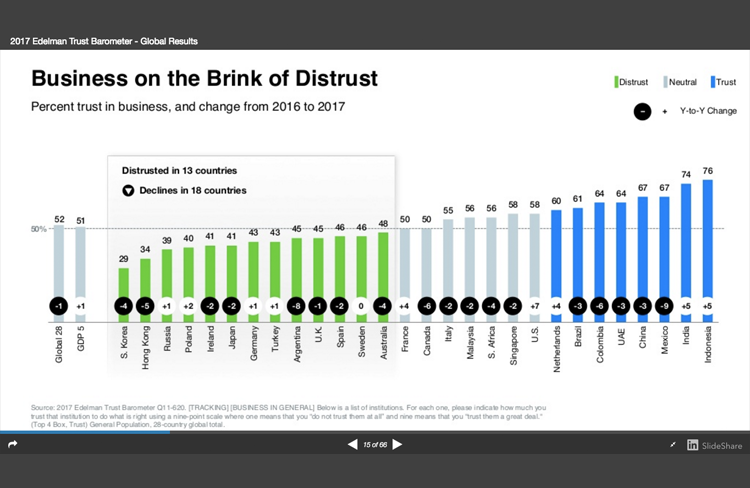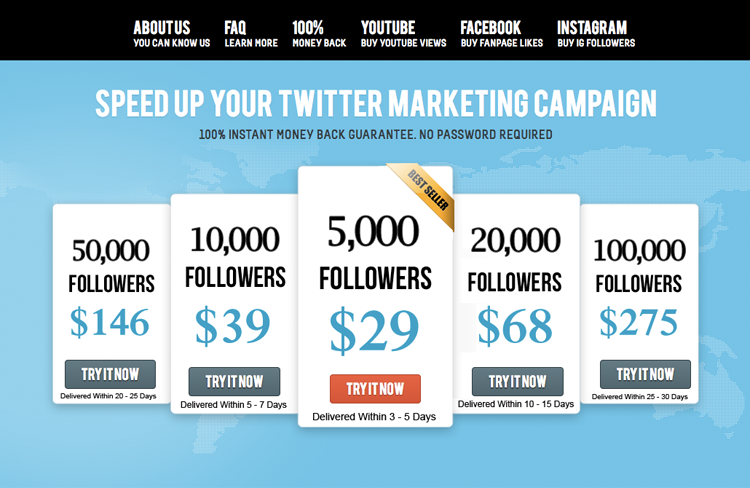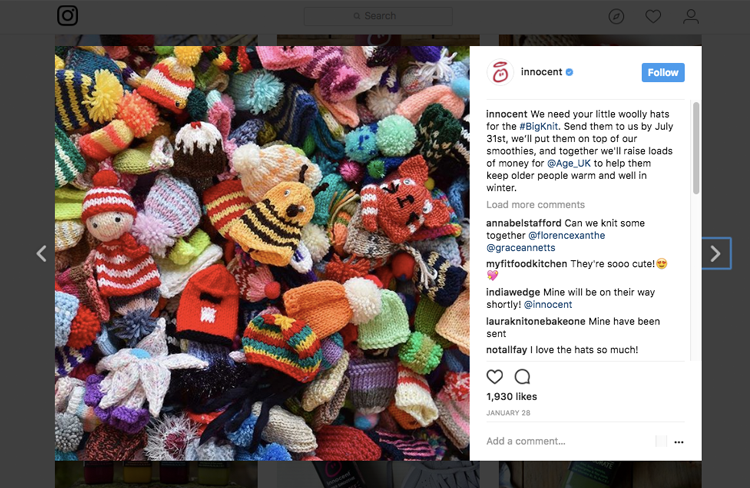In the last decade, there have been financial crises, mass uprisings, mass immigration, augmented reality, espionage, terrorism, natural disasters, climate change, and threats of wars. How does a generation process overwhelming external stimuli?
The answer is with thoughtful documentation.
These documented moments are then shared online with the intention to spark humor, boost relationships, or generate awareness.
Humor, for example, is shared through memes. Connections are shared on Facebook, Tinder, Bumble. Awareness grows from alternative news and opinion sites like Reddit, Mashable, Twitter. Through these collective digital interactions, public opinion is shaped. Today, these opinions affect businesses more than they realize.
On social media alone, people get ‘triggered’ by the thoughtlessness found in posts published by high-network accounts; posts that are regularly trivial, populist, moralizing, or sometimes just plain whack. Cup of covfefe, anyone?
The latest Edelman global annual study on trust mirrors this skepticism. The report confirms weighty public mistrust in four key institutions: government, media, business, and NGOs.

But, as always, there’s a silver lining: The Edelman study also shows that businesses have a higher trust score than government and other institutions, calling it “the last retaining wall, holding back a rising tide of dissatisfaction.”
Now is a crucial time to recover customer trust. How can businesses do this?
1. Get with the times
Millennial values run on diversity, transparency, kindness, simplicity, the sharing economy, freedom of choice, the preservation of natural resources, travel, collaboration, innovation, novelty, health, fitness, and happiness.
Now that might sound simplistic, but even established institutions have a hard time getting to grips with the current state of affairs. And who can blame them when there’s always something new going on somewhere? Even the New York Times confused bubble tea for a new trend, bless them.
There is also an abundance of new words to catch up with. A lot of ‘shade’ is being thrown at the kooky vocabulary, yet every so often these made-up words make it to the dictionary. That’s telling.
Perhaps what would help is to not think of the changes as a bastardization of cultures and the English language, but as an evolution. What was that expression? If you can’t beat them, join them.
2. Understand what drives current events
In Millennialspeak, “be woke” (enlightened).
Social media channels can be useful barometers to gauge public interest and opinion.
The Merriam-Webster dictionary uses real-time data tools that help them track the words that are being looked up at any given time. They take it a step further and see if these ‘lookups’ have any connection with current events. They then use the data to organize their tweets around popular search words.

ABOVE. A response to a tweet by Donald J. Trump, misspelling “heal” for “heel.”

The replies on Merriam-Webster’s Twitter posts are often funny, sometimes insightful, rarely unpleasant. Their level of wokeness demonstrates their relevance in the digital world, all the while becoming a trusted alternative to search engines.
3. Don’t succumb to deceit and ninja tactics
In an economy built on on fake news, fake customers, fake followers, fake something else, businesses can’t afford to ignore their customers’ disenchantment.
When the deceitful trend of influence manipulation came in the form of fandom sales to boost digital following and interaction, social networks created the verification badge. This would be an added trust measure to establish a person or a brand’s credibility. Or so they thought. Today, that verification badge no longer holds the same authority and clout it once did.

Then, just as this article was being drafted, a report revealed a black market for Instagram verification. Perhaps the most surprising part in this revelation is that no one is actually surprised. Websites like Engagement Groups have long been around, and the launch of Surkus App – a “crowd acquisition” tool for businesses doing events – makes it easier for anyone and everyone willing to spend their monies on looking bright, shiny, and ‘bigly’ (as in great).
The flipside? It’s now also easier to spot bots and fake accounts, making the risk of exposure high. The cost of integrity is priceless, but the cost of being outed can be both morally and financially devastating.
4. ‘Keep it 100’ by having a brand philosophy
There’s always the danger of jumping on hypes and trends, all thanks to FOMO, the fear of missing out. Luckily, there’s an antidote. It’s called a brand philosophy, or a manifesto. Businesses can avoid FOMO by having a clear vision of who they truly are.
Patagonia, the outdoors gear company, is a successful model in transparency: They don’t just sell products, they created a brand built on sustainability, reusability, and reduced consumption. And they’re not just doing it to look good. They genuinely care.
How can people tell?
Because no other brand has ever requested customers not to buy from them unless the purchase is absolutely necessary. And no other brand campaigns for the endless reparation of broken merchandise as strongly as Patagonia does.
Does this strategy convert to sales? Well, Patagonia reportedly made $800 million in sales in 2016.
By refusing to compromise their eco-caring identity, Patagonia has earned themselves both brand ambassadors and loyal customers.
5. Avoid selling too hard, too strong, or too often
Hard sell makes brands look ‘thirsty’ because customers today respond better to subtlety. No one wants to be told what’s good for them…anymore.
Think like Innocent, the British juice company, who nailed it on Instagram.
Innocent doesn’t aggressively campaign about the benefits of their juices. Instead, they give their audiences something else to think about.
Like how to reuse their bottles…

And how to get creative with fruits and veggies (without wasting them)…

And how to get involved in their philanthropic efforts.

The thing is, it rarely matters how awesome a product or how helpful a service or how fun an event is. Consumers will purchase goods for one or two out of three reasons: need, want, curiosity.
That’s why it’s also important for businesses to appeal to the sensibilities of their customers outside the digital sphere, where people are still humans, not just virtual representations of themselves.
6. Give customers an experience they will remember
Memories are linked with emotions. By giving customers, potential customers, and employees rare experiences they can be happy about, businesses could do wonders to the recall of their brand.
Since 2014, the popularity of experiential marketing has gone on the rise. Physical shops are finding ways to connect with customers through in-store experiences such as interactive product testings, VR, workshops, pop-ups, meet-and-greets, and so forth, because, as it turns out, it’s not the product that makes people – especially Millennials – part with their cash. It’s how the product relates to them.
Partnerships and collaborations are an exciting way to connect with customers. Look for cultural influences in the music industry, in art, design, and other creative fields. Build a caring reputation that doesn’t just seek to fatten up the company’s financial belly. This is what earns trust.
And although inspirational quotes are overrated, Zig Ziglar did once say something that’s hard to reword:
[bctt tweet=”If people like you they will listen to you but if they trust you they will buy from you.” username=”Zig Ziglar”]
This is a Contributor Post. Opinions expressed here are opinions of the Contributor. Influencive does not endorse or review brands mentioned; does not and cannot investigate relationships with brands, products, and people mentioned and is up to the Contributor to disclose. Contributors, amongst other accounts and articles may be professional fee-based.

